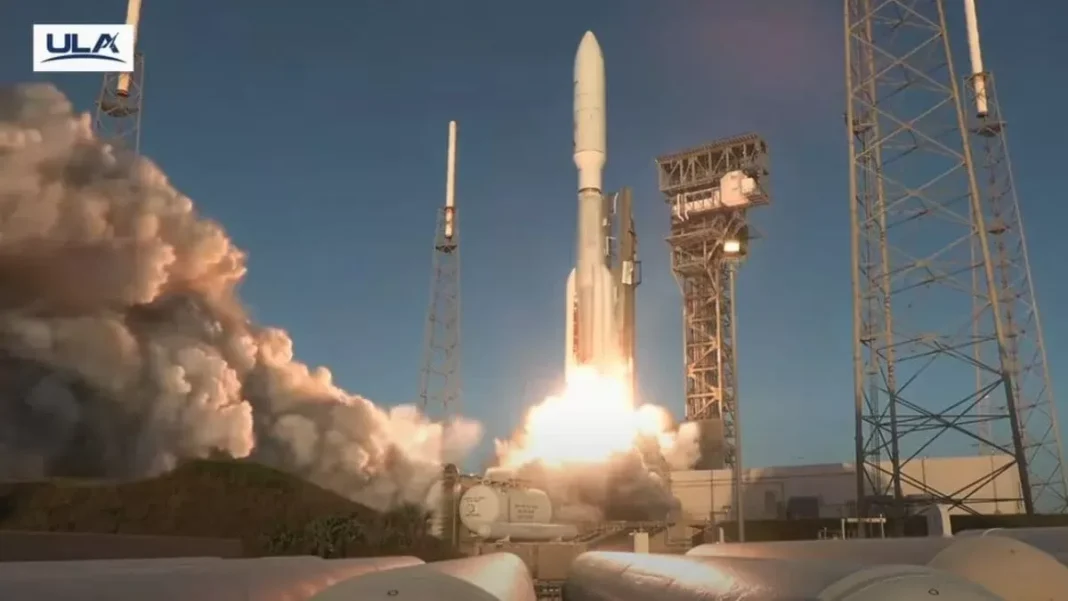Amazon’s Project Kuiper has set its sights on the low Earth orbit (LEO) broadband race, and it’s not holding back. With plans to launch 27 satellites in April 2025 and a goal of a 3,200-satellite constellation, Amazon is making a strong statement in the satellite industry.
This ambitious project is a follow-up to the successful launch of its prototypes in 2023. The prototypes, which were designed to test the feasibility of the project, have proven its viability and paved the way for Amazon to move forward with its plans.
But what exactly is Project Kuiper and why is it creating such a buzz in the industry? In simple terms, it is Amazon’s initiative to provide high-speed, low-latency broadband connectivity to communities around the world through a network of LEO satellites. This network will allow people in remote and underserved areas to access the internet, opening up opportunities for education, e-commerce, and communication.
With the growing demand for internet connectivity and the limitations of traditional broadband infrastructure, LEO satellites have become a popular solution. These satellites orbit close to Earth, providing faster internet speeds and lower latency compared to traditional geostationary satellites. And with Amazon’s resources and expertise, Project Kuiper is poised to be a game-changer in the LEO broadband space.
In line with its vision to provide global connectivity, Amazon has secured launch deals with top rocket companies such as ULA, Blue Origin, Arianespace, and SpaceX. Each company brings its own strengths and capabilities, giving Amazon a diverse range of options for its satellite launches. This strategic move not only ensures the success of Project Kuiper, but also boosts the competitiveness of the LEO broadband market.
But Amazon’s ambitions don’t stop there. The company has also invested in ground infrastructure and satellite design to ensure the efficiency and reliability of its network. This includes a new state-of-the-art research and development facility in Redmond, Washington, where engineers and scientists are constantly working to improve satellite design and technology.
In addition, Project Kuiper is aligned with a global push for satellite broadband, as countries around the world recognize the importance of internet connectivity in today’s digital age. The project has received support from organizations such as the Federal Communications Commission (FCC) in the United States, which recently approved Amazon’s request to operate its satellites in the US.
This support and momentum are only expected to increase as Project Kuiper progresses towards its launch date. With the potential to bring internet access to millions of people, it is a project that is not only groundbreaking but also socially responsible.
Moreover, Project Kuiper also has the potential to open up new opportunities for other industries such as agriculture, disaster management, and transportation. With its high-speed and low-latency capabilities, the network can support these industries by providing real-time data and communication.
Some may argue that Amazon’s entry into the LEO broadband market will create competition for existing players. But for the consumer, this competition can only mean better services at competitive prices. This will also drive innovation and advancements in the industry, ultimately benefiting the users.
In conclusion, Amazon’s Project Kuiper is a testament to the company’s commitment to using its resources and expertise for the betterment of society. With its extensive plans and strong partnerships, the project is well on its way to revolutionizing the LEO broadband market and bringing the world closer together through connectivity. We can only anticipate the positive impact this project will have on communities around the world when it launches in 2025.


